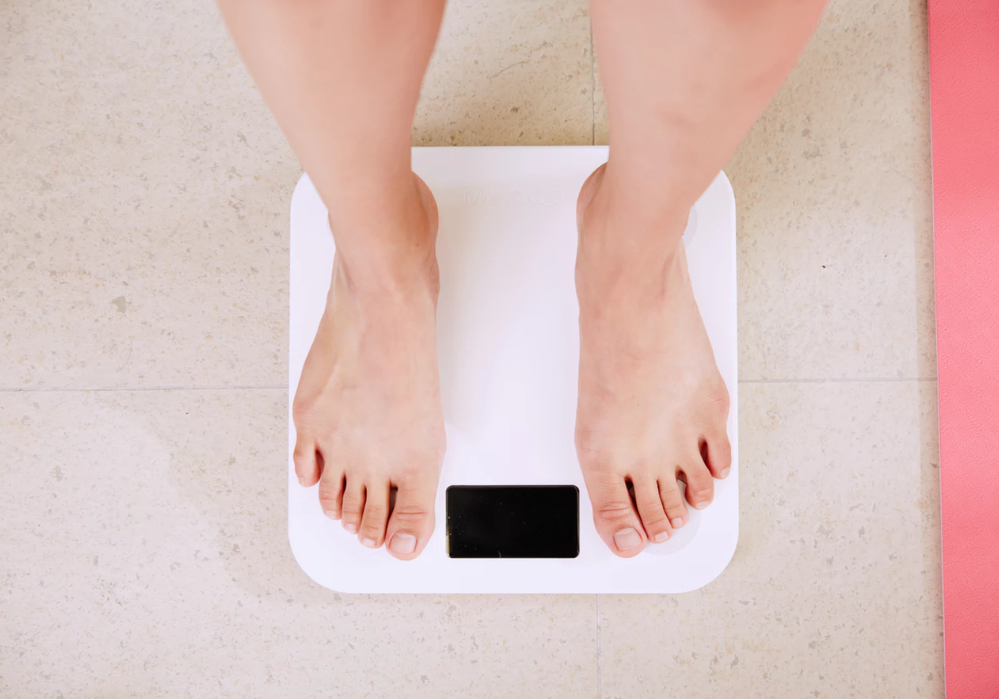
Body + Mind is reader-supported. We may earn an affiliate commission when you buy through some of the links on our site.
Poor body image takes its toll in many ways. A personal view of beauty doesn’t just affect thoughts or mood — it can also change our actions and destroy our self-care practices. In the worst cases, the way people perceive themselves can lead to serious health problems. Eating disorders in women affect body functions, long-term health and even social interaction.
Let’s look at the most common eating disorders among women and how they can impact overall well-being.
Eating disorders in women may bring to mind reduced eating, but in reality, ladies are susceptible to several types of problematic eating conditions. The following three disorders range in causes and symptoms, but they are all mental health issues that can present real danger without medical help.
Anorexia nervosa is a condition that causes people lose weight due to a fear of food, a reduced appetite, stomach bloating and loss of appetite. Anorexia is frequently attributed to weight concerns, but this cause is not cross-cultural. One study in China showed that only half of the anorexic patients had an overweight phobia. A central part of the diagnostic criteria for anorexia is when body weight drops at least 15 percent below the expected weight based on age and height.
Many patients do have a disconnect between how they see their bodies and their actual weight. As people with anorexia become thinner, they don’t recognize the dangers to their health and continue to see themselves as overweight.
A failure to eat is not the only characteristic of anorexia — patients can overexercise, too. They also may try to purge or get rid of the food they’ve eaten afterward. This condition can result in starvation and even lead to death. The following symptoms are warning signs for anorexia:
Bulimia occurs when a person has regular periods of overeating, then tries to make up for it through purging or exercising. Fasting is another way people with bulimia try to compensate for their binges.
A study by UNC Chapel Hill and SELF Magazine found that more than 31 percent of the female participants reported they had purged or used laxatives, diet pills or diuretics to lose weight at some point in their life. Although these behaviors have to be continual and include other factors to qualify as bulimia, this shows the frequency that women take action to maintain a particular image.
People with bulimia do not necessarily experience weight loss and can even remain the same weight. The motivations for bulimia can be the same as those with anorexia when negative body perceptions are at play. Bulimic conditions often involve shame, guilt and secrecy. When the extra food is out of their system, it can produce a sense of relief or comfort.
Bulimia can result in damages to the esophagus and kidney issues. Reoccurring bulimic episodes can show the following signs that you can watch for:
When people have binge eating disorder, they have episodes where they lose control, consuming excessive amounts of food. However, they don’t purge or take laxatives afterward. This disorder usually results in an increase in weight and obesity. About 3.5 percent of American women have binge eating disorder, which is slightly higher than the 2 percent of men.
After binge eating episodes, people can feel overwhelmed, guilty and powerless. Because people with binge eating disorder act on urges and can’t seem to control themselves during these periods, this is different than regular overeating. The following signs can help identify binge eating disorder:
Women who have these conditions are also at risk for other prevalent health issues. There is a connection between eating disorders in women and mood, anxiety, substance use and personality disorders. In women, binge eating disorder increases the likelihood of obesity, and due to that, its connected to heart disease, diabetes and high blood pressure.
Anorexia raises the risk of osteoporosis, heart problems and anemia, and bulimia can cause stomach damage, electrolyte imbalance and tooth decay. Anorexia and bulimia both have a high prevalence of anxiety or depression.
To prevent serious consequences from damaging your health, get medical assistance immediately. If early intervention occurs, there is a higher chance of recovery. Treatment options and professional assistance can start the process and improve mental, emotional and physical health.
Your email address will only be used to send you our newsletter, and at any time you may unsubscribe. For more information, see our Privacy Policy.